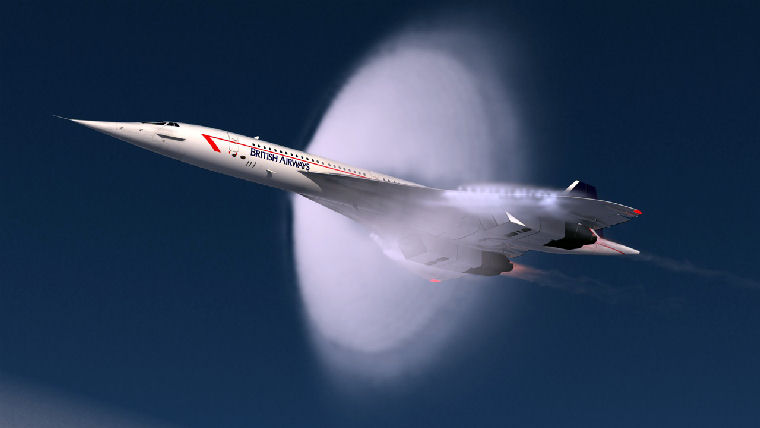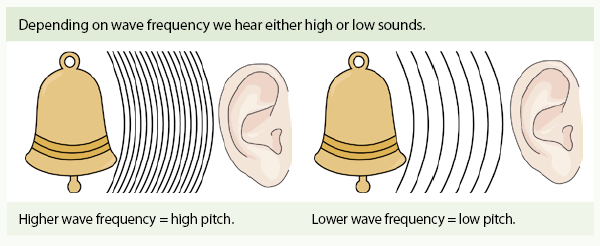88.WHY DOES A PRISM PRODUCE COLORS?
Did you ever look at the edge of a mirror, where the glass is cut at an angle, and see all the colors of the rainbow there? The glass was acting as a prism. What was taking place was the “dispersion” of light; what you saw was the “spectrum.” Now let’s see what all of this means.
When light passes from air into water, or from air into glass, it is changed in direction. This change is called “refraction,” and you’ve probably noticed it thousands of times! For example, you’ve seen a spoon slanting into a glass of water. At the surface, the spoon looks as if there’s a sharp bend in its handle. This is because the water has bent the beam of light slightly.
86.WHAT IS PITCH?
If all sound is caused by vibration, why is one sound simply a noise and another sound pleasing or musical? The answer is that it depends on how the sound-making object vibrates. When the vibration is very regular (that is, when the sounding body sends out waves at absolutely regular intervals), the result is a musical sound. If the vibration is not regular, or very sudden, the effect on our ears makes us call it a noise.
Sounds differ in many ways. We know, for example, when a sound is near and when it’s far away. We can also tell that certain sounds are high and shrill and others are deep and low. And we can tell the sound of one musical instrument from another. Well, these three differences between one sound and another are loudness, pitch, and tone quality.




